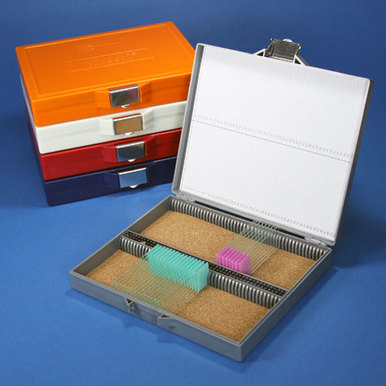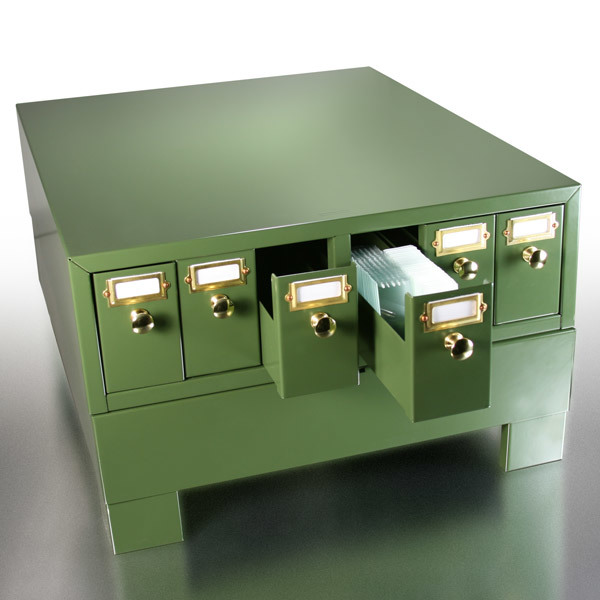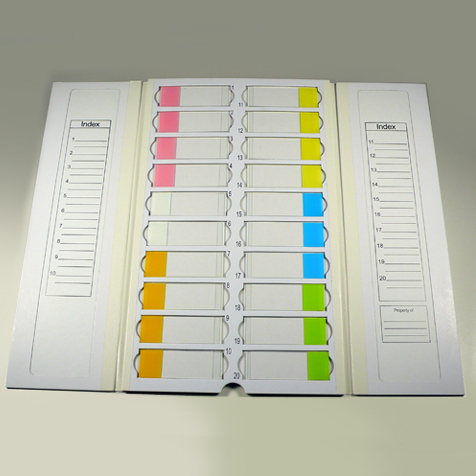Microscope slides make up one of the most common items in many, many labs. In forensics, healthcare, life sciences and other areas, scientists and technicians often prepare microscope slides. In fact, labs easily make so many slides that deciding what to do with them becomes a challenge.
In addition, the increase in collaborative projects, often involving scientists in various countries, drives the need to share slides more often, which can lead to mailing them around the world.
Instead of piling slides on lab benches or leaving them scattered all over, scientists can keep slides in order with storage boxes.
Rather than using an old shoebox, boxes designed to hold slides work the best. An example is a sturdy slide box made of acrylonitrile butadiene styrene (ABS) plastic for durability and hinged for easy access - designed to hold 25 slides. To keep the slides safe, a cork lining provides some cushion.
Also, scientists can use the sheet in the cover to label what’s in the box and where. For labs that generate more slides, the same storage box is available in a size that accommodates 100 slides.
Where security really matters, the 100-slides storage box can also be equipped with a stainless-steel lock.

For more confidence in securely transporting slides, a 100-slide storage box with a foam lining is a good option. This box is also a good choice for particle-free environments.
For even more slides, a box is not enough, and only a slide cabinet will do. Just like slide storage boxes, cabinets come in different sizes.
For example, a lab can start with a six-drawer cabinet, which holds up to 4,500 slides—750 per drawer. With a cabinet base, 10 of the six-drawer cabinets can be stacked into a unit that holds 45,000 slides.

Sharing slides
In today’s science and healthcare, just keeping slides organized in a lab is not enough. Instead of just sharing data globally, some projects require sharing samples.
In clinical trials, for example, samples must often be sent to a central repository or receiving lab for analysis, and that can involve microscope slides.
In basic research projects, scientists might also share slides with colleagues to confer on results. In these situations and others, scientists need safe packaging for mailing slides.
In some cases, just a single slide must be mailed. Still, that precious slide needs a protective mailer. Maybe a project requires a two-slide mailer or one that holds five. Making these mailers from polypropylene keeps them strong and slides safe. Plus, a snap keeps the slides in place.
For larger groups of slides, a 20-slide mailer is an option. This cardboard mailer holds slides in a recessed area, preventing the cover from touching the slides even when closed.

The key to keeping labs moving ahead with slides is knowing what exists, where it is and how it can be shared when needed.
That can all be accomplished with a little organization and the right tools—from storage boxes and cabinets to various slide mailers.


